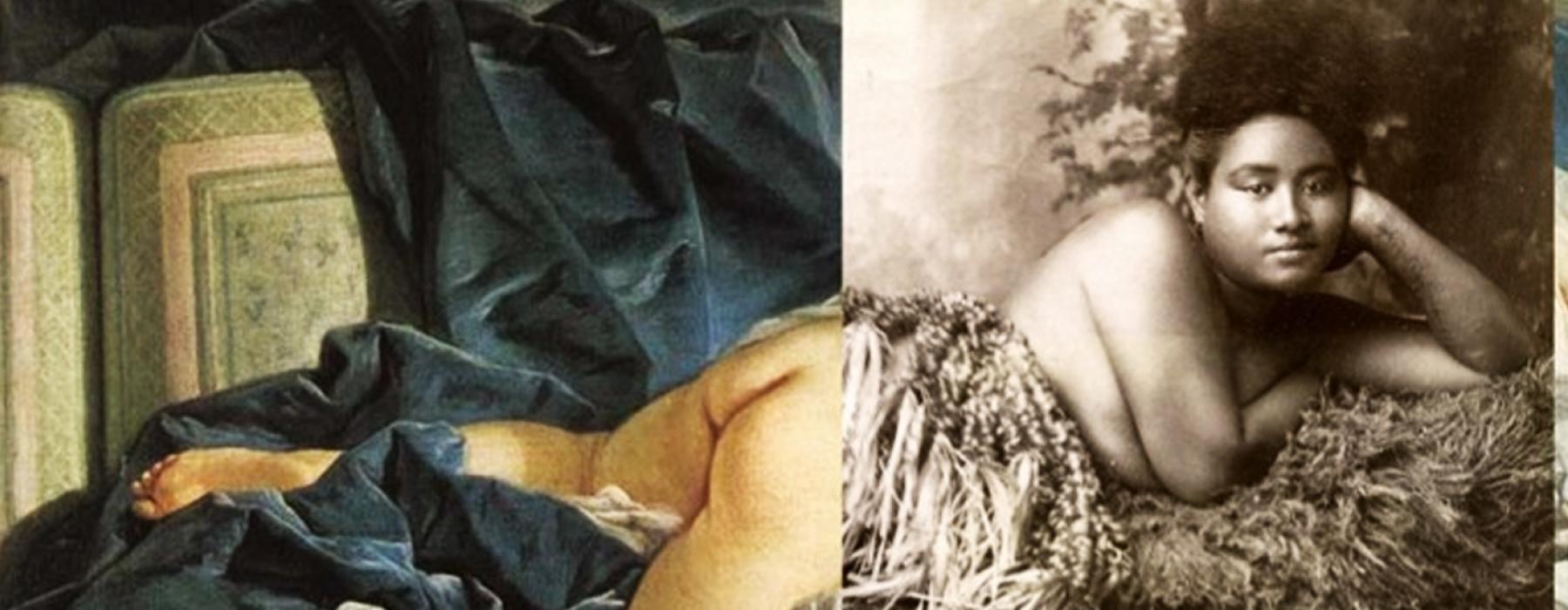
Collecting practices that engendered the earliest ethnographic collections were decidedly European and male. Such collections, largely created in the study of other cultures and regions, took the constitutive elements of social structure and gender as fixed and given, defined (and biased) by a normative European (most often male) gaze. Throughout the past century these collecting methodologies that have classified objects from across the world have not only contributed to the creation of a blueprint of how gender and sexuality are perceived and constructed within the institution, but also viewed by visitors and reproduced within texts and exhibitions.
These restrictive binary notions of sexuality and gender have in many ways elided the fact that across the globe various cultural groups have recognized and integrated their own long-established traditions for other constructions of gender. Some of these groups are well represented within ethnographic collection, but due to gaps, silences, misreadings and fictions these objects are often wrongly interpreted. How can we un/engender these ethnographic objects? What does it mean for a museum to side-step its own body of knowledge and critically rethink its own understanding of how gender and sexuality are attached to its objects?